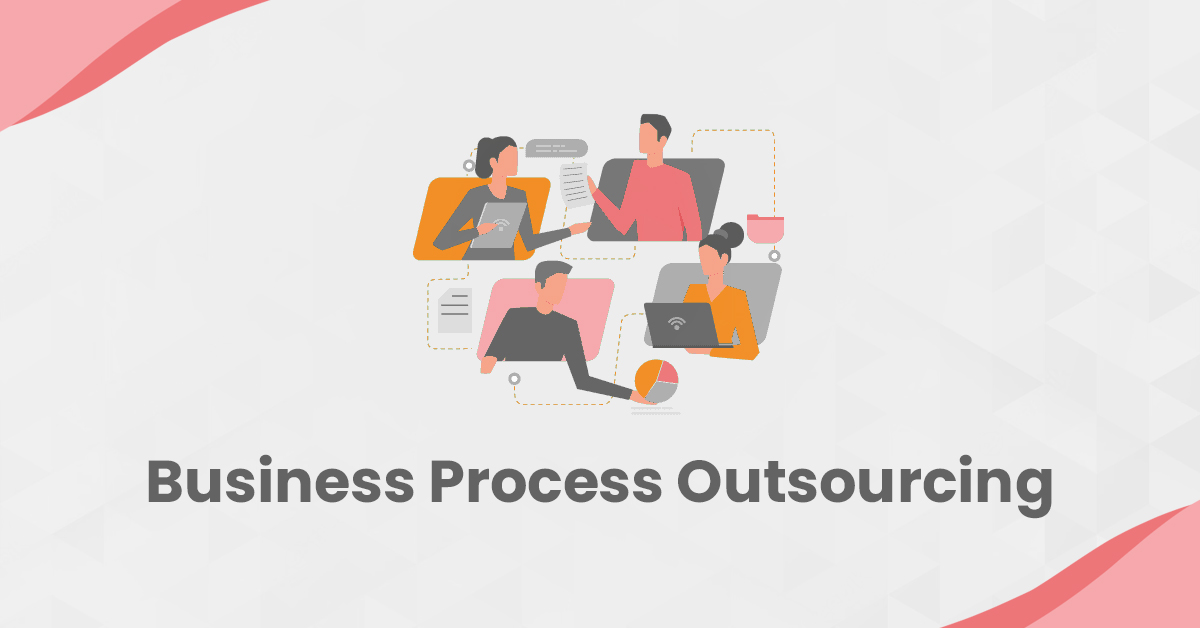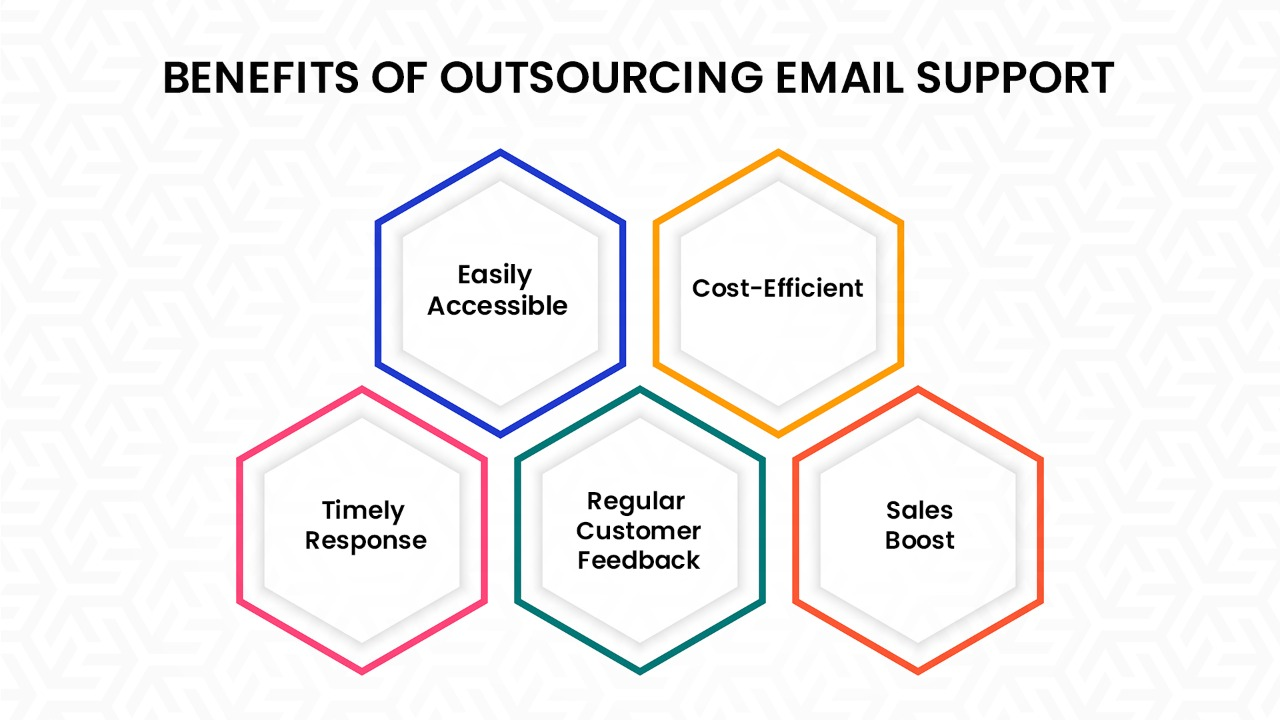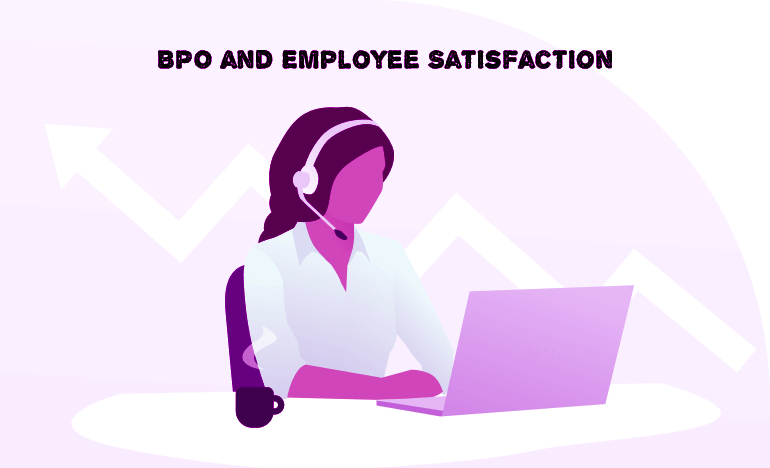Chatbots vs. Human Agents: Finding the Right Balance in Your Digital Support Strategy
In today’s world of cutting-edge technology in the competitive business, effective customer support is crucial as companies grow, the challenge of scaling support becomes more pressing. Let’s compare AI chatbots vs human agents to see how they fare in training and scaling customer support.
AI chatbots respond quickly and can handle multiple requests at once. They are available 24 hours a day, seven days a week, with no breaks. Human agents, on the other side, provide empathy and tailored answers to difficult problems. Training chatbots entails programming and updating algorithms, whereas human agents necessitate constant education and skill development. Both have strengths and can work together to provide a well-rounded support strategy.
Benefits of Training AI Chatbots vs Hire Human Agents
Full Control Over Information
AI chatbots provide users ultimate control over the information they supply. By carefully curating their information and establishing clear criteria, you can ensure consistent and reliable results. This capability enables organizations to align chatbot interactions with their brand's voice and standards. It also helps to avoid disinformation and keep customer trust. Regular upgrades and monitoring improve the chatbot's dependability and efficacy.
Customizable Tone and Voice
You can educate AI consultants to use your company's specific tone and voice. This helps to ensure a consistent brand experience across all customer encounters. These chatbots can answer commonly asked questions, make product recommendations, and give immediate help. They can also handle many queries at once, which boosts customer satisfaction. Regular updates and monitoring guarantee that the chatbots stay in accordance with your brand's developing rules.
Continuous Improvement
As you collect data and feedback, you can improve your chatbot's knowledge base. This gradually improves its intelligence and efficiency. Regular updates allow the chatbot to better grasp user inquiries. Furthermore, enhancing its replies to results in a more positive user experience. Continuously evaluating conversations allows you to find and rectify gaps in the chatbot's expertise. This technique guarantees that your chatbot remains relevant and beneficial to your audience.
Scalability on Demand
Once educated, AI chatbots can manage a huge number of requests at once. This allows you to easily scale your customer support. They respond quickly, resulting in shorter wait times for customers. Additionally, chatbots can work around the clock, ensuring that assistance is always available. This continual availability increases customer happiness. Chatbots can also do monotonous chores, allowing human agents to focus on more complicated challenges.
The Challenges of Training Human Agents
Time and Cost Investment
Training human agents needs a large amount of time and money. This can become a bottleneck when expanding your support crew. Companies frequently must invest in lengthy onboarding processes, continuous training sessions, and performance evaluations. Furthermore, finding and retaining skilled agents can be difficult, resulting in greater turnover rates. Automated solutions can assist reduce these difficulties by providing consistent, scalable support with no associated overhead.
Consistency and Quality Control
Maintaining consistent quality across a large team of human agents is difficult. Individual abilities and techniques can vary, influencing the client experience. Training programs and frequent assessments can be beneficial, but they demand significant time and resources. Furthermore, monitoring performance and offering tailored feedback are critical for upholding high expectations. This strategy includes balancing workloads and swiftly resolving any skill deficiencies. Using technology to assist agents, such as AI tools for typical questions, can enhance overall efficiency and consistency.
Turnover and Retraining
As human agents leave, you must invest in hiring and training new employees. This is required to keep support levels stable, which can be expensive and time-consuming. Furthermore, finding experienced replacements can be difficult, and the onboarding process frequently interrupts ongoing initiatives. Constant turnover may have an impact on team morale and productivity. Training new personnel requires significant resources, including time, money, and guidance from experienced employees.
Best of Both Worlds: AI Chatbots with Human Supervision
To reap the benefits of both AI chatbots and human agents, take a hybrid approach:
- Train AI chatbots to tackle common queries.
- Create a system that allows chatbots to escalate complex concerns to human supervisors.
- Learn from human interactions to continuously develop AI chatbots.
Combining the scalability of AI chatbots with the knowledge of human supervisors allows you to create a customer care system that is both efficient and successful, regardless of how quickly your company grows. AI chatbots answer routine queries and respond quickly to typical questions. Meanwhile, human supervisors step in to handle difficult issues, delivering individualized and high-quality help. This combination enables 24/7 availability, decreasing customer wait times. As a result, customer happiness rises, and your support personnel may concentrate on more important activities, thereby boosting overall service quality.
Why Choose a Hybrid Approach?
Increased Efficiency
AI chatbots can handle repetitive and simple questions, freeing up human agents to address more difficult concerns. This improves total efficiency. They respond quickly and accurately, ensuring consumers obtain immediate support. Chatbots can also function 24 hours a day, seven days a week, helping outside usual business hours. This round-the-clock availability boosts client happiness.
Better Customer Experience
With AI chatbots addressing routine questions, human agents can provide more tailored and detailed assistance when necessary. This enhances the overall client experience. Chatbots can rapidly and accurately answer frequently asked queries, allowing human agents to focus on more complicated topics. Furthermore, they can operate around the clock to ensure that consumers always receive prompt responses. Businesses may provide a balanced and comprehensive support system by combining chatbots' efficiency with the empathy of human operators.
Cost-Effective Scaling
A hybrid approach allows you to grow your support personnel without incurring large costs. AI chatbots handle a high number of inquiries, minimizing the need for a large human support personnel. This strategy ensures that routine questions are immediately answered. Simultaneously, more difficult concerns may be escalated to human agents. This equilibrium enhances both efficiency and consumer happiness.
Continuous Improvement
Regular feedback from human operators can help to enhance AI chatbots. This ensures that your support system gets more effective with time. By studying this input, developers may improve their solutions and better handle client questions. Furthermore, recognizing prevalent difficulties can aid in improving the chatbot's knowledge base, increasing its accuracy. Regular updates depending on user interactions help maintain the system relevant and efficient.
AI Chatbots vs Human Agents: Who’s The Winner?
In the argument between AI chatbots and human agents, both have strengths and disadvantages. AI chatbots thrive in scalability and consistency, with 24/7 availability and rapid responses. They do repeated activities efficiently, reducing the workload of human workers. Human agents, on the other hand, excel in dealing with complex challenges by demonstrating empathy and providing personalized interactions. A hybrid method combines these advantages, resulting in effective and high-quality customer service. This method takes use of chatbots' speed and efficiency while preserving a human touch in more complicated scenarios.




Comments
Post a Comment